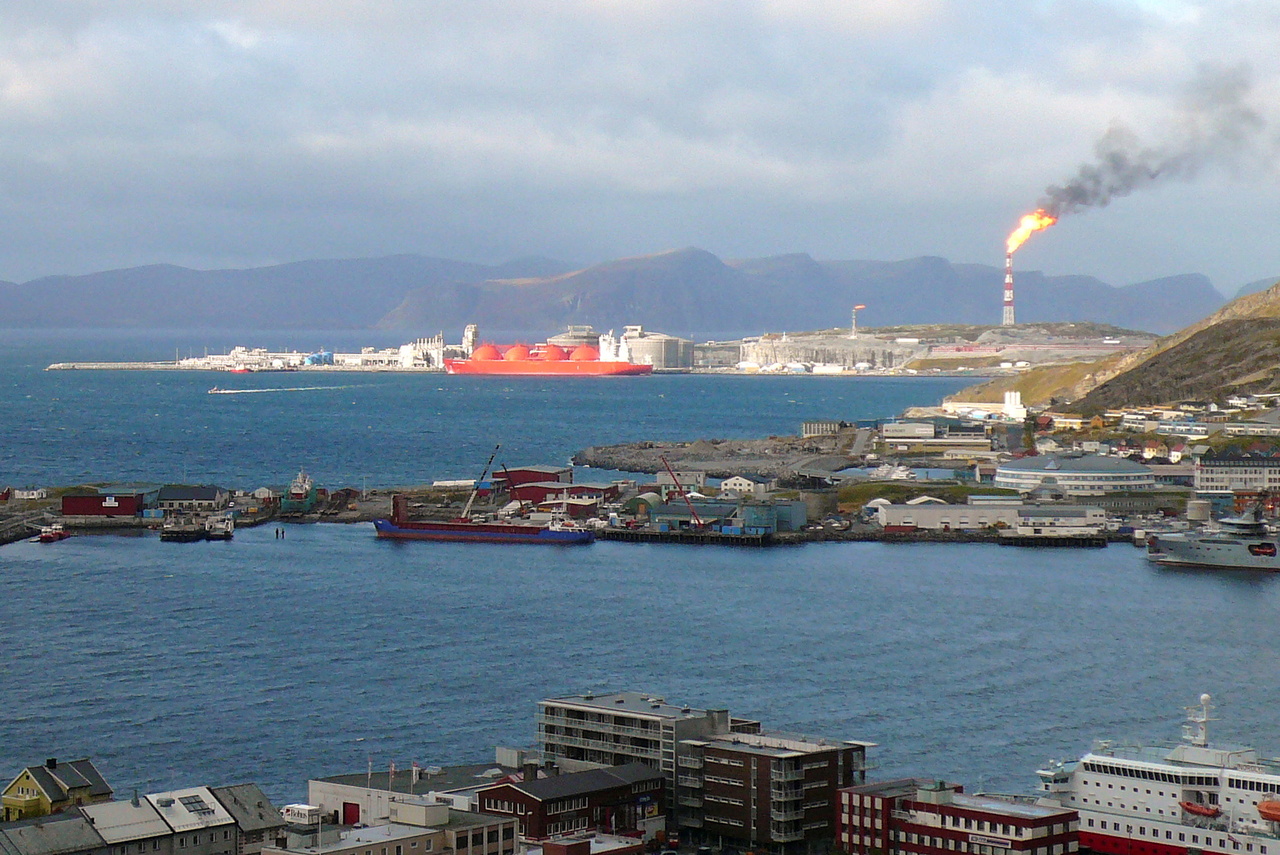What are Europe's options in case of Russian gas disruption?
Sign up now: Get ST's newsletters delivered to your inbox

Some countries have alternative supply options and Europe's gas network is linked up so supplies can be shared.
PHOTO: REUTERS
Follow topic:
LONDON (REUTERS) - European gas prices have risen as sanctions on Russia have been tightened over its invasion of Ukraine and amid fears of supply disruptions.
Gazprom, which has a monopoly on Russian gas exports via pipeline, said on Monday (Feb 28) it was still shipping gas to Europe via Ukraine in line with customers' requests.
How reliant is Europe on Russian gas?
Europe depends on Russia for about 40 per cent of its natural gas, with most transported by pipeline.
Some pipelines transit Ukraine, while others take alternative routes, such as Yamal-Europe, which crosses Belarus and Poland to Germany, and Nord Stream 1, which runs under the Baltic to Germany.
Most European countries have cut reliance on Russian gas in recent years. In 2021, the Ukraine transit corridor was mainly used for gas going to Slovakia and then to Austria and Italy.
There are no sanctions so far imposed on Russia's trade in hydrocarbons, although it is possible Moscow could suspend gas sales to Europe in retaliation for sanctions or the conflict in Ukraine could damage supply routes.
Rystad Energy estimates 52 billion cubic metres (bcm) of gas a year comes to Europe via Ukraine or nearby routes, while total Russian supplies to Europe are about 150 bcm to 190 bcm.
Where else can Europe get supply from?
Some countries have alternative supply options and Europe's gas network is linked up so supplies can be shared, although the global gas market was tight even before the Ukraine crisis.
Germany, Europe's biggest consumer of Russian gas which has halted certification of the new Nord Stream 2 gas pipeline from Russia because of the Ukraine crisis, could import gas from Britain, Denmark, Norway and the Netherlands via pipelines.
Southern Europe can receive Azeri gas via the Trans Adriatic Pipeline to Italy and the Trans-Anatolian Natural Gas Pipeline (TANAP) through Turkey.
The United States, which exports shipments of liquefied natural gas (LNG), has also sought to help Europe by asking LNG producers at home and abroad to ramp up supplies.
LNG imports to northwest Europe, including from the United States, have hit record highs this year.
But Qatar, one of the world's top LNG producers, has said no single country can replace Russian supplies to Europe, with most volumes tied to long-term supply contracts.
Europe's LNG terminals also have limited capacity for extra imports, although some European countries say they are looking at ways to expand imports and storage.
European Union energy were holding talks on Monday to prepare for any supply shock and work on steps to boost stocks.
Are there other options to cope with a gas supply crunch?
Several nations could seek to fill any gap in energy supplies by turning to electricity imports via interconnectors from neighbouring states or by boosting power generation from nuclear, renewables, hydropower or coal.
However, extra electricity generation from non-gas resources could only add about 152 terawatt hours (TWh), compared with total EU consumption in 2021 of 3,650 TWh, Rystad Energy said.
The extra supplies would come from coal, bioenergy plants and renewables, such as wind and solar. But nuclear and hydropower output is expected to drop in 2022 from 2021.
Nuclear availability is falling in Belgium, Britain, France and Germany as plants are facing outages as they age or are decommissioned or phased out.
Europe has been to shift away from coal to meet climate targets but some coal plants have been switched back on since mid-2021 because of surging gas prices.
Germany has said it could extend the life of coal or nuclear plants to cut reliance on Russian gas.
In past crises, countries have also sought to reduce industrial production at certain times, pay back-up generators to switch on supply, order households to curtail energy use or enforce temporary power cuts.
Has supply to Europe been disrupted before?
The last 15 years have seen several disputes between Russia and Ukraine over gas, mostly to do with prices paid.
In 2006, Gazprom cut supplies to Ukraine for one day. In the winter of 2008/2009, Russian supply disruptions rippled across Europe. Russia cut off supplies to Kyiv in 2014 after Moscow annexed Crimea.
Ukraine stopped buying Russian gas in November 2015 and has instead imported gas from EU countries, by reversing the flow in some of its pipelines.

